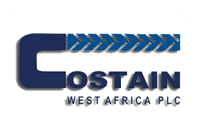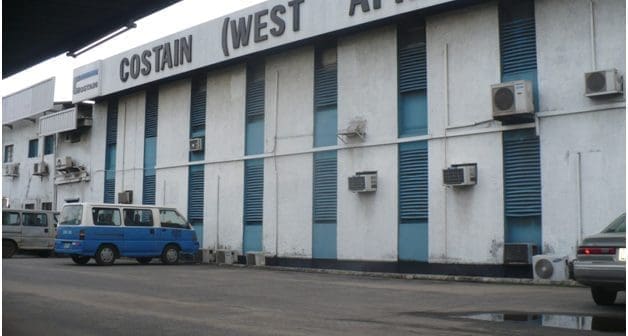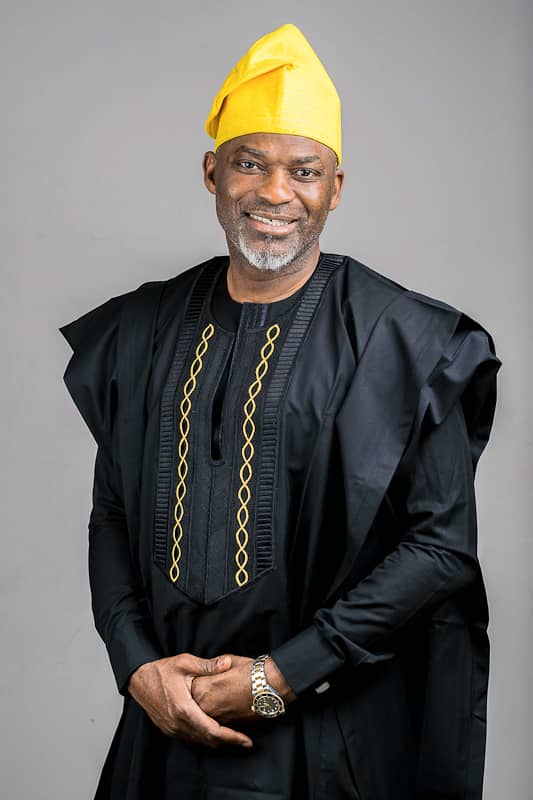Costain West Africa was incorporated in June 1948 as a Nigerian private limited company, originally functioning as a subsidiary of the UK’s Costain Group and taking over John Holt & Co.’s building department operations in the country. It earned the distinction of becoming the first civil engineering and construction company to be listed on the Nigerian Stock Exchange, with its public listing in March 1974.
Throughout the mid-20th century, Costain West Africa was a cornerstone of national development, executing landmark projects across both public and private sectors. These include NECOM House, a 140-meter-high skyscraper on Lagos’ Marina, then the tallest in West Africa, and the University College Teaching Hospital in Ibadan. Other high-profile projects span Ahmadu Bello Stadium in Kaduna, the Bata Shoe Factory, Phase II of Nigeria’s Telecommunication System, the Central Bank building in Enugu, and the Flour Mills of Nigeria factory in Apapa.
In the 1950s, Costain also executed infrastructure improvements including civil works for Ijora Power Station, the Apapa Wharf extension, and residential projects like Bishop’s Court along Marina, Lagos. In 1957, it partnered in a Kaduna housing estate project, and constructed the notable Wuya Bridge over the Kaduna River near Bida, as well as Shell estates in Port Harcourt.
However, the company’s fortunes declined in recent years. It faced severe financial and operational challenges, including being sealed by the Federal Inland Revenue Service for owing ₦2 billion in taxes such as CIT and VAT. Despite attempts to restructure and revive, Costain fell into receivership, though a notable recovery occurred when the company settled its debt with First Bank, triggering renewed investor confidence and lifting its share value.




